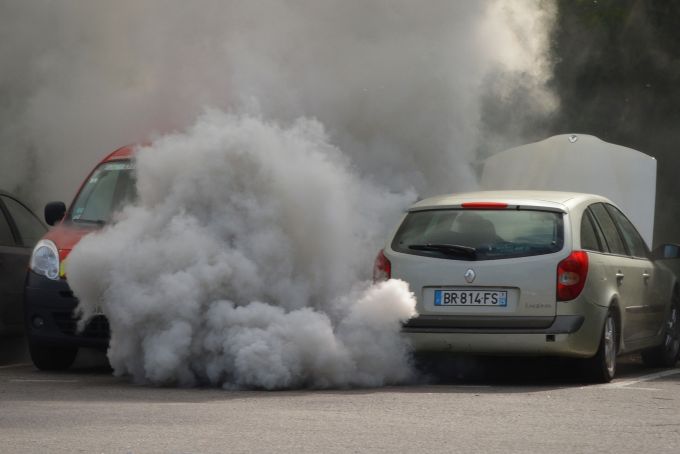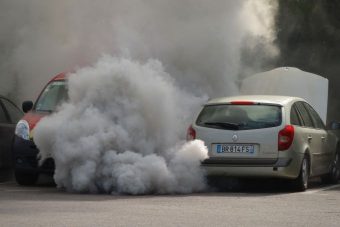![]() Building on the new commitments to the Global Lighting Challenge announced last week during the Clean Energy Ministerial, the Energy Department is announcing funding for nine research and development projects that will support solid-state lighting (SSL) core technology research, product development, and manufacturing research and development. The projects will help accelerate the development of high-quality light-emitting diode (LED) and organic light-emitting diode (OLED) lighting products that can significantly reduce energy costs for American families and businesses by using less electricity than products currently in use and ensure that the U.S. remains globally competitive.
Building on the new commitments to the Global Lighting Challenge announced last week during the Clean Energy Ministerial, the Energy Department is announcing funding for nine research and development projects that will support solid-state lighting (SSL) core technology research, product development, and manufacturing research and development. The projects will help accelerate the development of high-quality light-emitting diode (LED) and organic light-emitting diode (OLED) lighting products that can significantly reduce energy costs for American families and businesses by using less electricity than products currently in use and ensure that the U.S. remains globally competitive.
“Solid-state lighting research and development has contributed to more than $2.8 billion in U.S. energy cost savings over the past 15 years, and further improvements in the technology will increase those savings even more in the years to come,” said Secretary of Energy Ernest Moniz. “By 2030, solid-state lighting could reduce national lighting electricity use by nearly half—which would equate to the total energy consumed by 24 million American homes today and could save American families and businesses $26 billion annually.”
Today’s most advanced LED products are about 10 times more energy efficient than conventional incandescent lighting and last more than 25 times longer. LEDs are intense sources of light consisting of inorganic materials, where OLEDs are diffuse light sources that consist of organic materials.
Department-funded research and development will foster technology breakthroughs to unlock new levels of SSL performance and energy savings. For example, DOE targets aim to increase the efficiency of today’s LEDs by an additional 66 percent. LED lighting also offers new potential for advanced lighting control, including color tuning and intelligent, adaptive lighting.
In total, the nine selected projects will receive more than $10.5 million and will make a cost-share contribution for a total public-private investment of over $13.5 million, as they help to further reduce the cost and improve the quality of SSL products:
- Cree, Inc. (Durham, North Carolina)—Developing a high-efficacy LED lighting fixture that has good color rendering as well as advanced features such as the ability to tune the color of the light;
- Columbia University (New York, New York)—Developing improved quantum dots to increase the efficiency and lower the cost of LEDs;
- GE Global Research (Niskayuna, New York)—Developing an efficient LED fixture that features interchangeable modules and allows for simplified manufacturing and customized performance specifications;
- Iowa State University (Ames, Iowa)—Demonstrating a method to significantly increase the light output of white OLEDs by changing their internal features;
- Lumenari, Inc. (Lexington, Kentucky)—Developing a narrow-bandwidth red phosphor to improve the efficacy of phosphor-converted LEDs;
- Lumileds (San Jose, California)—Improving the design of an LED to make it more efficient by using a patterned sapphire substrate flip-chip architecture;
- North Carolina State University (Raleigh, North Carolina)—Developing a way to get more light out of OLEDs using low-cost corrugated substrates;
- Pennsylvania State University (State College, Pennsylvania)—Developing a way to better understand and predict the occurrence of short circuits in OLED lighting panels in order to reduce failure rates; and
- University of Michigan (Ann Arbor, Michigan)—Developing three innovative methods to harness the light within OLEDs.
This is the eleventh round of the department’s investments in solid-state lighting core technology research and product development. For more information on the selections and SSL technologies, visit Energy.gov.
Source: energy.gov.


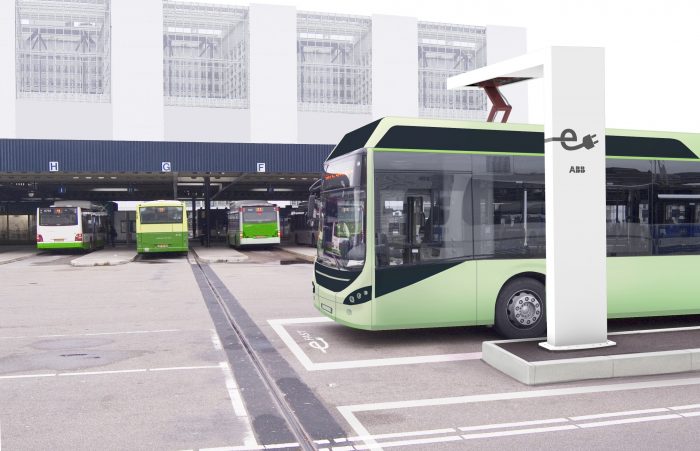

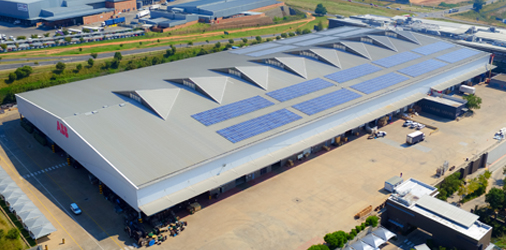
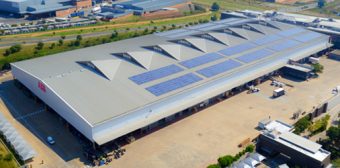 ABB today commissioned an integrated solar-diesel microgrid installation at its 96,000 square meter Longmeadow facility in Johannesburg, South Africa. This is a world premiere for the innovative solution with fully grid-connected and off-grid functionalities designed to maximize the use of renewable energy and ensure uninterrupted power supply to keep the lights on and the factories running during any planned or unplanned power outages on the main grid supply.
ABB today commissioned an integrated solar-diesel microgrid installation at its 96,000 square meter Longmeadow facility in Johannesburg, South Africa. This is a world premiere for the innovative solution with fully grid-connected and off-grid functionalities designed to maximize the use of renewable energy and ensure uninterrupted power supply to keep the lights on and the factories running during any planned or unplanned power outages on the main grid supply.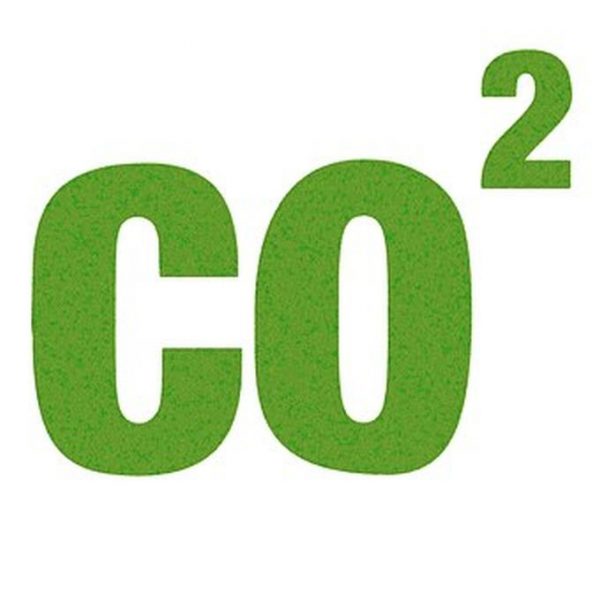
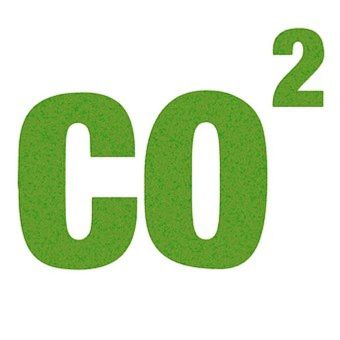
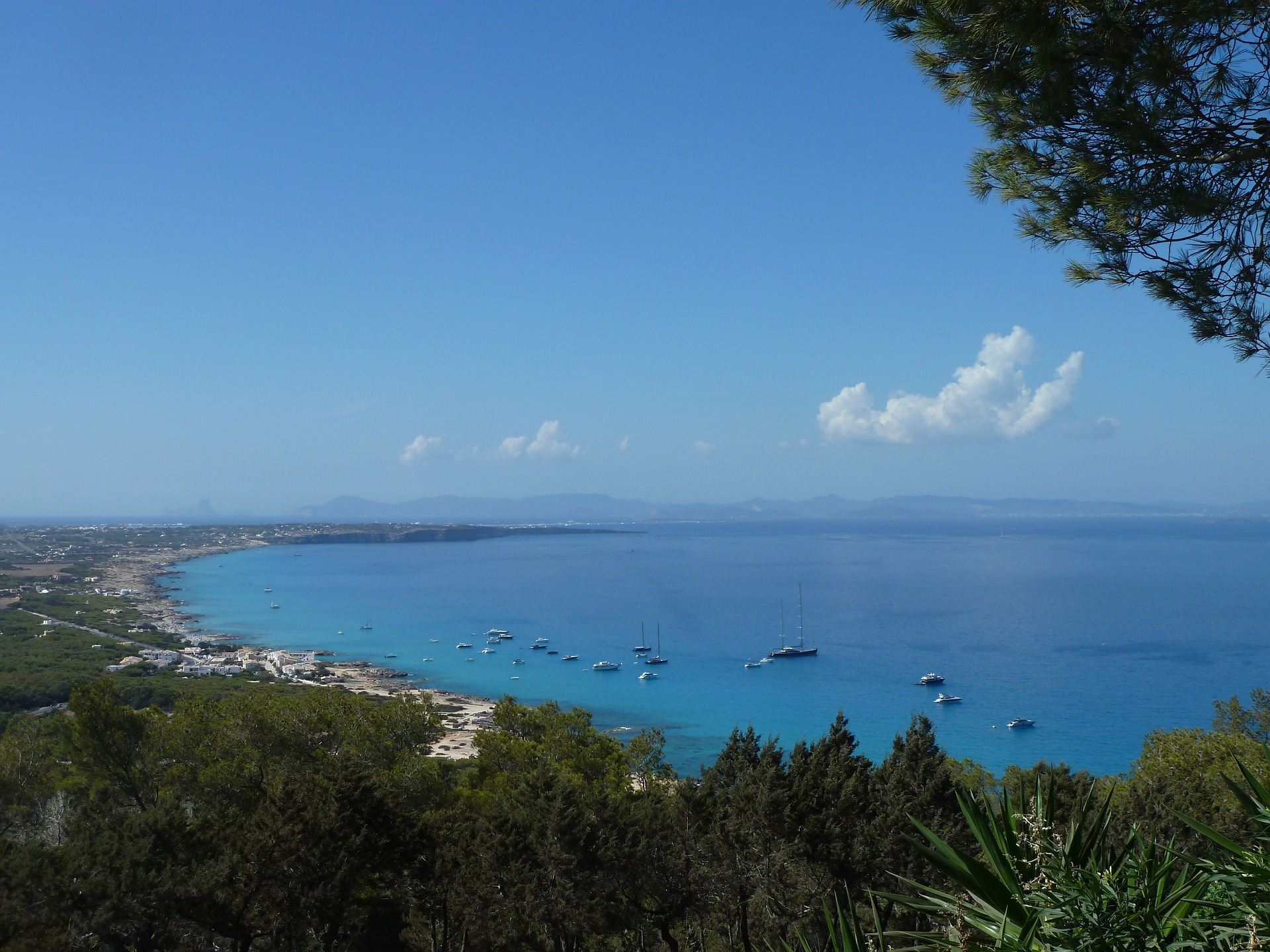
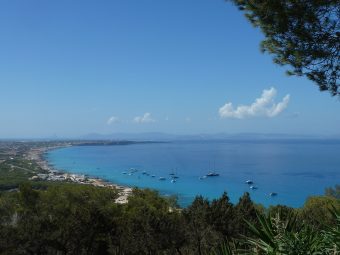
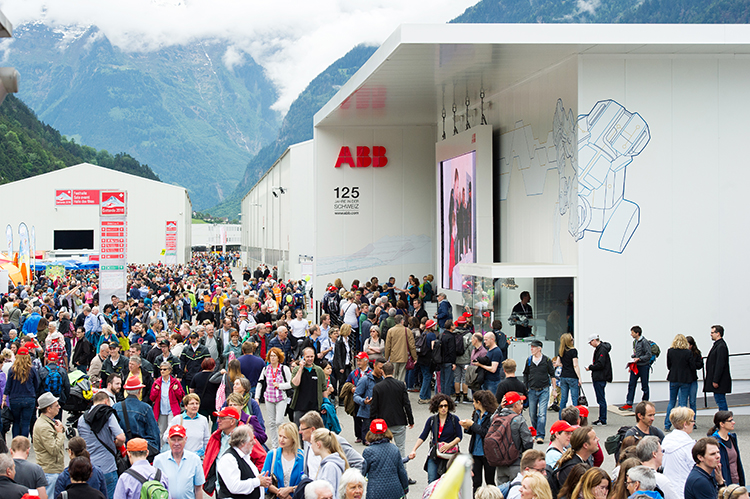
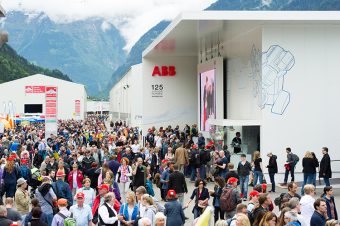 Update – 80,000 visitors joined in the festivities during the public days on June 4 and 5, 20,000 of whom visited ABB’s special technology pavilions
Update – 80,000 visitors joined in the festivities during the public days on June 4 and 5, 20,000 of whom visited ABB’s special technology pavilions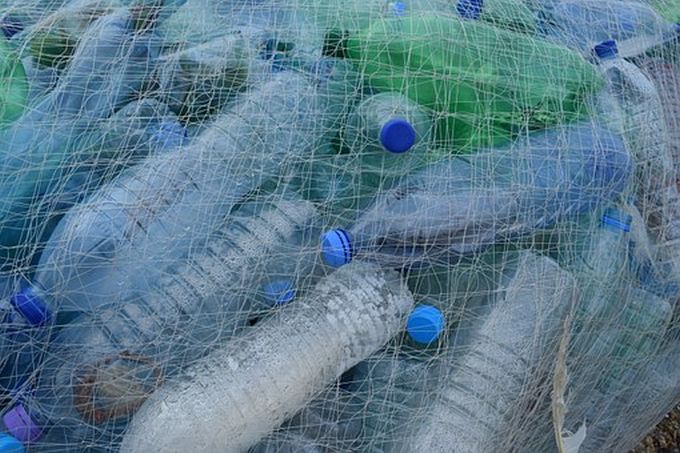
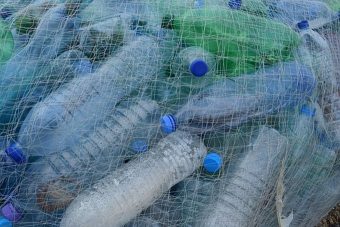



 To celebrate World Oceans Day, adidas and Parley for the Oceans have announced the release of a limited number of the iconic running shoe showcased at last year’s Parley Talks ‘Oceans. Climate. Life.’ hosted by the President of the General Assembly at the United Nations in New York.
To celebrate World Oceans Day, adidas and Parley for the Oceans have announced the release of a limited number of the iconic running shoe showcased at last year’s Parley Talks ‘Oceans. Climate. Life.’ hosted by the President of the General Assembly at the United Nations in New York.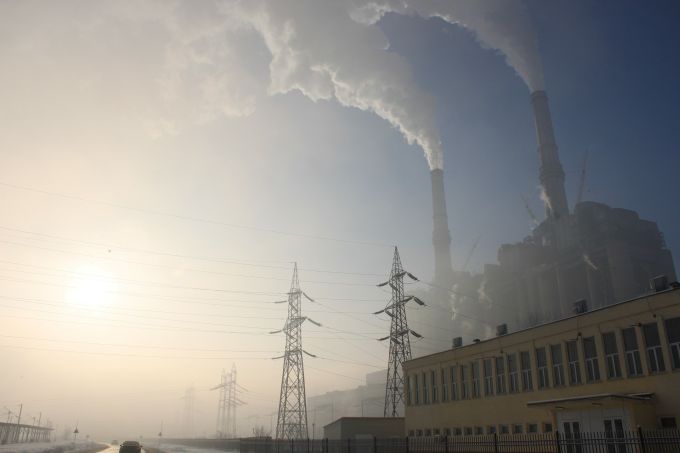
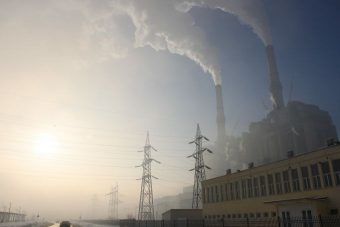
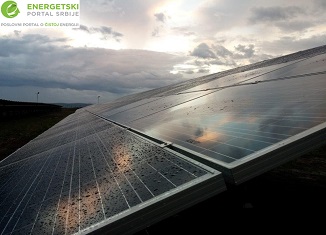
 Chile’s solar industry has expanded so quickly that it’s giving electricity away for free.
Chile’s solar industry has expanded so quickly that it’s giving electricity away for free.

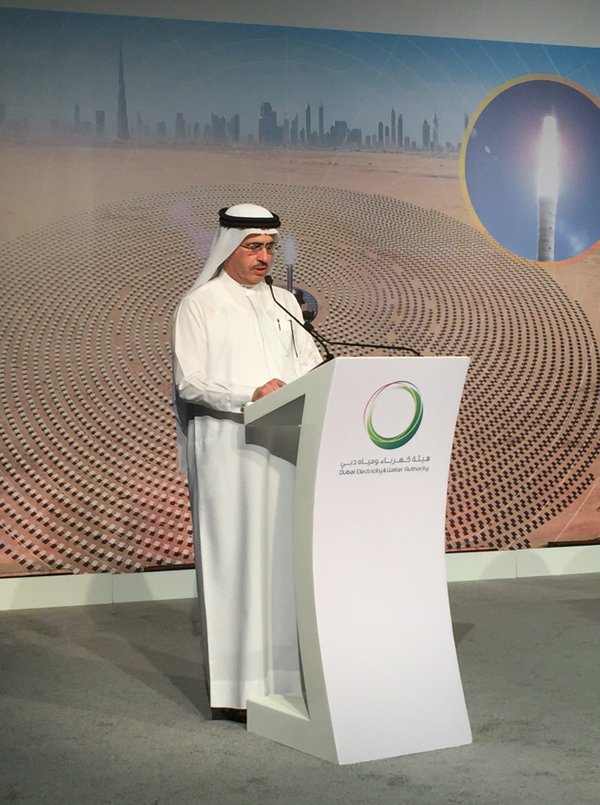
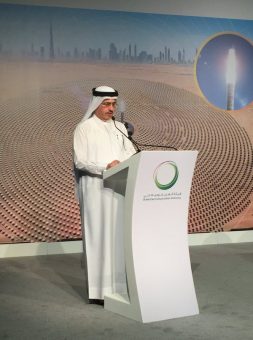 Dubai will soon be home to the world’s largest concentrated solar power plant.
Dubai will soon be home to the world’s largest concentrated solar power plant.
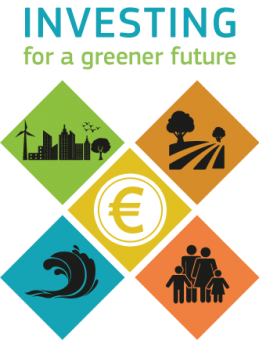 Friday looked at investing for future generations to ensure prosperity and well-being in the long term. Participants across Europe explored what actions can be taken today to ensure sustainable development and growth in the years to come.
Friday looked at investing for future generations to ensure prosperity and well-being in the long term. Participants across Europe explored what actions can be taken today to ensure sustainable development and growth in the years to come.